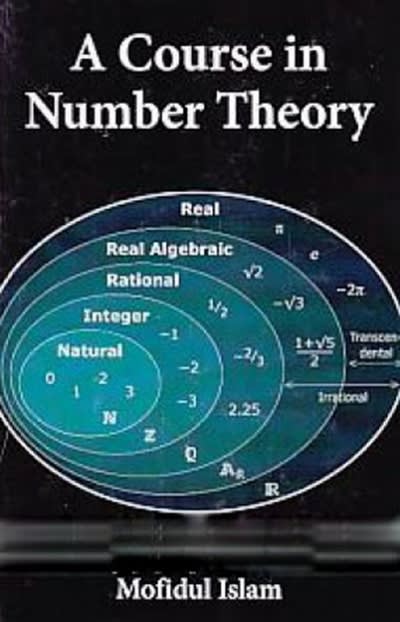Question
4.1 . The sponsors of the workshop, with the help of a researcher, decided to compare the results on the initial knowledge test for each
4.1. The sponsors of the workshop, with the help of a researcher, decided to compare the results on the initial knowledge test for each of the four program groups of educators with those of the population of educators who attended similar workshops and who wrote the initial knowledge test (from Lab 3, #3.4:= 66.52 and= 12.27). Is there evidence that any of the four program area groups differ on average from the population on the initial knowledge test that they took in the workshop? Stated another way, Does it matter with respect to the initial knowledge test which of the four program areas the educators represent?
To answer this, conduct hypothesis tests comparing the mean on the initial knowledge test for each of the four groups of educators in the workshop to that for the population. (Computation is best done using a calculator. Use the unit normal table to determine if thez-statistic is significant. One test is done for you as an example: comparing the mean of a random sample of educators from one program area with that of the population.)
(3 marks)
Although this particular type of hypothesis test is not that common in educational research, it serves to illustrate the process. It is called az-test (see Chapter 8 in Gravetter and Wallnau (2014), and uses the standard error of the mean, but also the unit-normal table, which should be familiar to you from earlier labs. SPSS readily produces the descriptive statistics for each of the four groups, which you should have done for Lab 3 (#3.3).
The process of statistical hypothesis testing is much the same for most statistical tests (such asz-t- andF-tests). You should view theHypothesis Testing: Step-by-Step Processpage which uses one of the groups of educators to illustrate the process.
4.2. The researcher who assisted with the workshop (and with other workshops) decided to test if there was a difference in knowledge and performance between educators in the "humanities" program (English andFrench program areas) and those in the "sciences" program (Biology and Physics program areas). Was there a difference on the initial test mark means between these two groups in the workshop? Was there a difference in composite performance indicator score means between these two groups? (Conduct statistical tests to determine if the differences are significant. State hypotheses, critical values for thet-statistic, and decision rules for the statistical tests, and make sure to make meaningful concluding statements.)
(6 marks)
4.3. To conduct tests of significance (such ast-tests andF-tests) several assumptions are made about the distribution of scores: that they are reasonably normal, and that the variances of the groups are homogeneous. Check the distributions for normality (you may wish to include the notion of skewness) and test homogeneity of variances for the two groups for both variables (for the two significance tests in 4.2).
This involves checking the scores for each group to determine if they are reasonably normally distributed: are means and medians similar? are the data skewed? does the distribution look similar to one that is normal?
The second part is to check the homogeneity of variance. This can be done using theFmax test (see Gravetter & Wallnau, 2014) or the Levene's test which SPSS provides.
(4 marks)
The above questions use only the data presented in Lab 3; subsequent questions use additional information for the educators in the workshop.
Step by Step Solution
There are 3 Steps involved in it
Step: 1

Get Instant Access to Expert-Tailored Solutions
See step-by-step solutions with expert insights and AI powered tools for academic success
Step: 2

Step: 3

Ace Your Homework with AI
Get the answers you need in no time with our AI-driven, step-by-step assistance
Get Started


